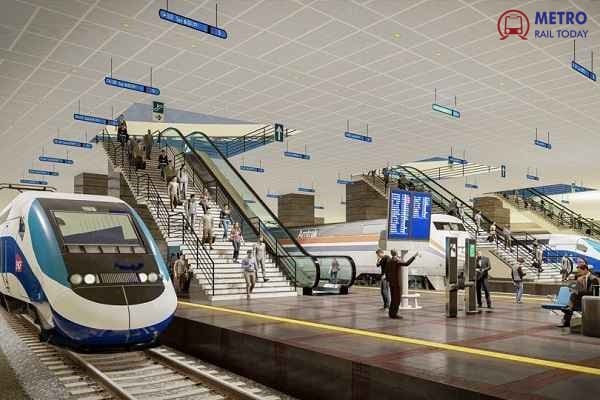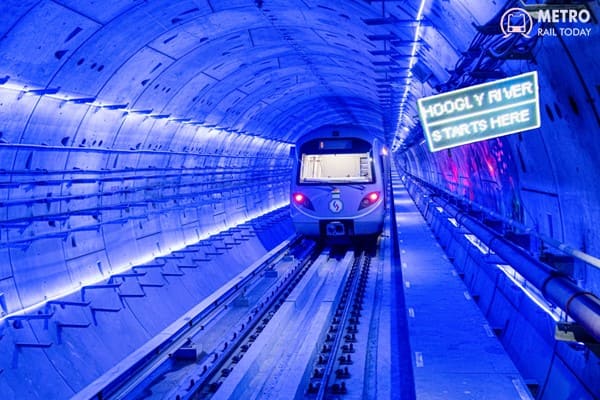 Kolkata Metro Marks 41 Years of Service to the City of Joy
Kolkata Metro Marks 41 Years of Service to the City of Joy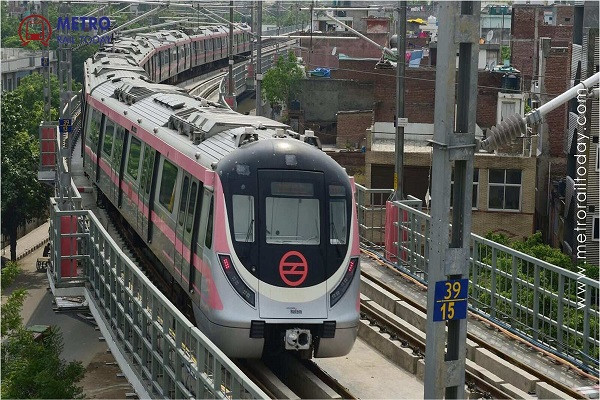 DMRC to introduce Driverless Trains on Delhi Metro Phase 4 Corridors
DMRC to introduce Driverless Trains on Delhi Metro Phase 4 Corridors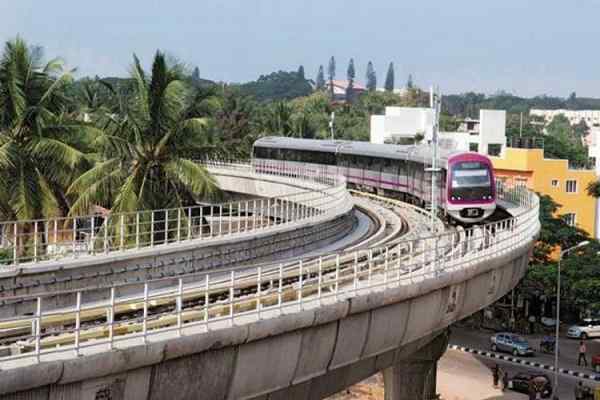 Karnataka proposes Centre of Excellence for Railways and Mobility Innovation
Karnataka proposes Centre of Excellence for Railways and Mobility Innovation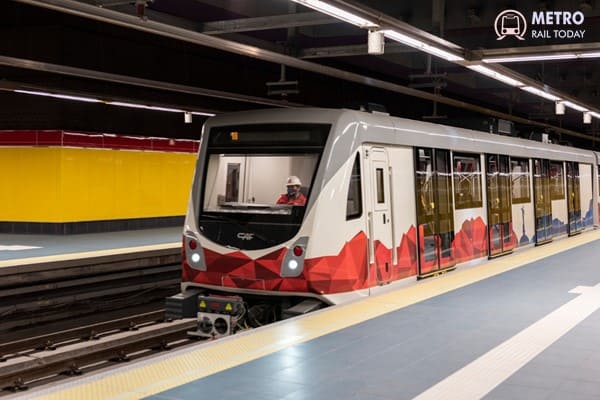 Egypt and Japan approve Greater Cairo Metro Line 4 Project
Egypt and Japan approve Greater Cairo Metro Line 4 Project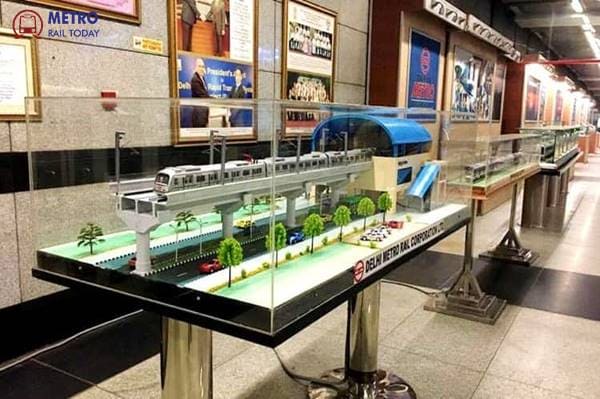 Metro Rail Today continues its legacy as Official Media Partner for 18th Urban Mobility India 2025
Metro Rail Today continues its legacy as Official Media Partner for 18th Urban Mobility India 2025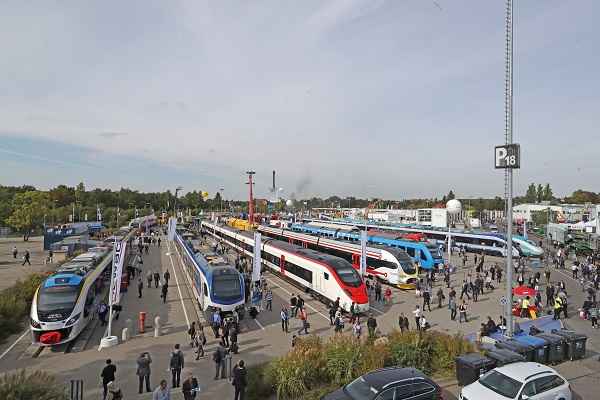 Alstom bags €1.4 billion contract from SNCF Voyageurs to supply 30 Very High Speed Trains
Alstom bags €1.4 billion contract from SNCF Voyageurs to supply 30 Very High Speed Trains Nokia and ST Engineering partner to deploy communications network on Bangkok Metro’s Orange Line
Nokia and ST Engineering partner to deploy communications network on Bangkok Metro’s Orange Line How Mumbai Built Its Deepest Aqua Line Metro Project — And Won the City’s Heart?
How Mumbai Built Its Deepest Aqua Line Metro Project — And Won the City’s Heart?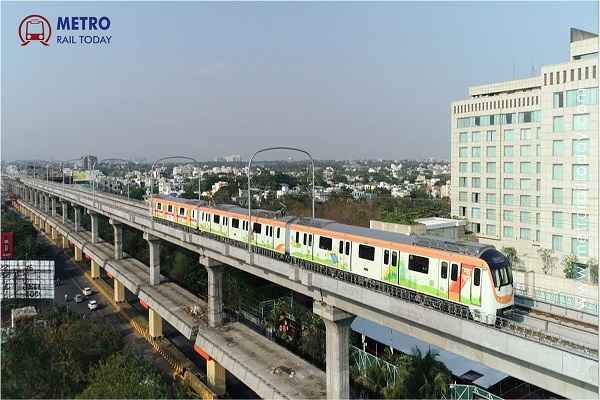 Feasibility Study begins for Sitabuldi–Koradi Metro Corridor under Nagpur Metro Phase 3
Feasibility Study begins for Sitabuldi–Koradi Metro Corridor under Nagpur Metro Phase 3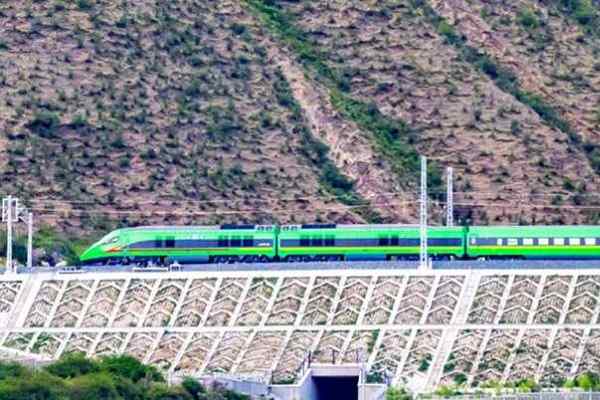 Saudi Arabia’s $7 Billion Land Bridge: Building a High-Speed Future Across the Desert
Saudi Arabia’s $7 Billion Land Bridge: Building a High-Speed Future Across the Desert
Role of Machinery and Plants in enhancing Rail and Metro Projects
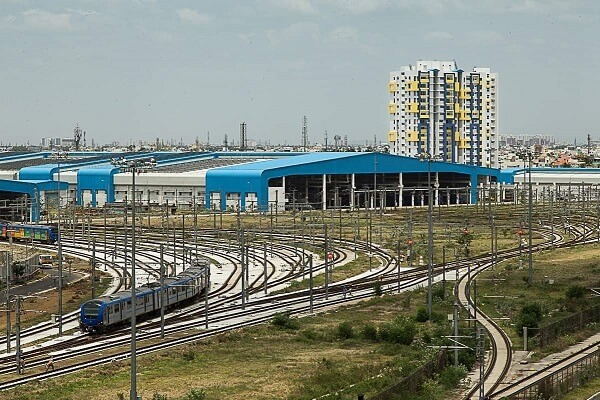 Representative Image
Representative Image
Rail and metro projects play a crucial role in urban transportation, providing efficient and sustainable means of commuting for millions of people worldwide. Behind the successful execution of these projects, there lies a significant contribution from machinery and plants. In this article, we will explore the role of machinery and plants in enhancing rail and metro projects. We will delve into the key aspects such as construction, maintenance, and operation, highlighting the impact of advanced machinery and efficient plant management.
1. Importance of Machinery in Rail and Metro Projects
Construction Machinery: Building the Backbone
Construction machinery plays a vital role in building the backbone of rail and metro projects. Excavators, bulldozers, and loaders are used for earthmoving and site preparation, while concrete pumps and mixers facilitate the construction of foundations, pillars, and structures.
Tunnel Boring Machines (TBMs): Excavating Underground
Tunnel Boring Machines (TBMs) are crucial for excavating tunnels in underground rail and metro projects. These machines ensure efficient and precise tunneling, reducing manual labor and enhancing project timelines.
Track Laying Machines: Ensuring Precision
Track laying machines are used to install railway tracks with utmost precision. These machines automate the process of laying and aligning tracks, ensuring smooth and reliable operations.
2. Significance of Plants in Rail and Metro Projects
Concrete Batching Plants: Supplying Construction Materials
Concrete batching plants play a crucial role in supplying high-quality concrete for rail and metro construction. These plants ensure a consistent supply of concrete, adhering to specific mix designs and quality standards.
Asphalt Plants: Paving the Way
Asphalt plants provide the necessary asphalt mix for the construction of roads and platforms in rail and metro projects. These plants produce hot mix asphalt, which is essential for durable and smooth pavement.
Power Plants: Ensuring Energy Supply
Power plants, including thermal, hydroelectric, and renewable energy plants, are responsible for providing a stable and uninterrupted power supply to rail and metro systems. These plants ensure the efficient operation of trains, signaling systems, and station facilities.
3. Construction Phase: Machinery at Work
Excavators and Cranes: Foundation and Structural Work
Excavators and cranes are extensively used during the construction phase of rail and metro projects. Excavators assist in digging trenches, creating foundations, and moving construction materials, while cranes are essential for lifting and placing heavy components.
Concrete Pumping Equipment: Efficient Concrete Placement
Concrete pumping equipment, such as concrete pumps and line pumps, enable the efficient placement of concrete during construction. These machines transport concrete to precise locations, overcoming obstacles and improving construction productivity.
Pile Drivers: Sturdy Foundation Installation
Pile drivers are employed to install sturdy foundations for rail and metro infrastructure. These machines drive piles into the ground, providing support for elevated structures, bridges, and platforms.
4. Maintenance and Upkeep: Machinery in Action
Track Maintenance Machines: Ensuring Smooth Operations
Track maintenance machines are utilized to inspect, repair, and maintain railway tracks. These machines perform tasks like tamping, lifting, and lining, ensuring the smooth operation of trains and reducing track-related issues.
Overhead Line Equipment (OLE) Maintenance: Power Distribution
Machines for overhead line equipment (OLE) maintenance ensure the efficient distribution of power to trains. They inspect, repair, and maintain overhead wires, insulators, and related components, enhancing the reliability of power supply.
Rolling Stock Maintenance: Keeping Trains in Optimal Condition
Rolling stock maintenance machines and workshops are essential for keeping trains in optimal condition. These machines enable regular inspections, repairs, and component replacements, ensuring safe and reliable train operations.
5. Operation and Efficiency: The Role of Machinery
Signaling and Control Systems: Ensuring Safe Operations
Signaling and control systems, including interlocking systems, signal lights, and train control systems, are vital for safe train operations. These systems use advanced machinery and technologies to manage train movements, prevent collisions, and optimize efficiency.
Fare Collection Systems: Efficient Ticketing and Revenue Management
Fare collection systems, including ticket vending machines, gates, and smart card readers, facilitate efficient ticketing and revenue management. These systems ensure smooth passenger flow and accurate fare collection.
Train Management Systems: Monitoring and Optimizing Train Movements
Train management systems employ advanced machinery and software to monitor and optimize train movements. These systems use real-time data, including train locations, schedules, and passenger demand, to optimize service frequency and minimize delays.
6. Green Initiatives: Plants and Sustainability
Green Roofs and Vegetation: Enhancing Aesthetics and Reducing Heat Island Effect
Rail and metro projects increasingly incorporate green roofs and vegetation to enhance aesthetics and environmental sustainability. These initiatives reduce the heat island effect, improve air quality, and provide natural habitats for wildlife.
Sustainable Energy Generation: Solar and Wind Power Integration
Sustainable energy generation, including solar and wind power integration, contributes to the eco-friendliness of rail and metro projects. Solar panels and wind turbines installed on station roofs and nearby areas generate renewable energy to supplement power requirements.
Water Treatment Plants: Efficient Water Management
Water treatment plants ensure efficient water management in rail and metro projects. These plants treat and recycle wastewater generated from stations, maintenance facilities, and other areas, reducing water consumption and promoting sustainable practices.






